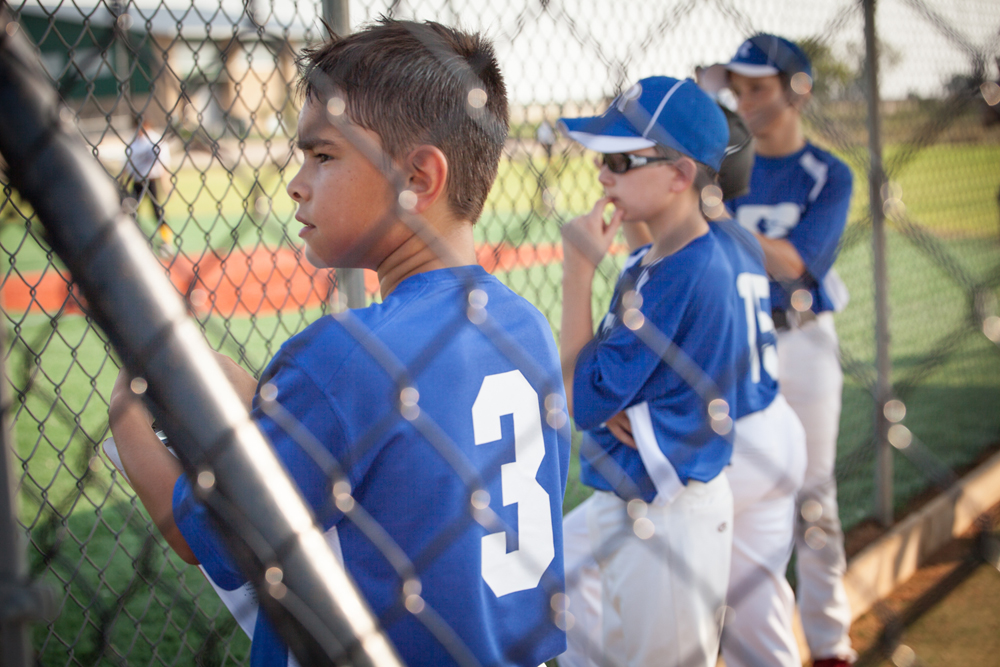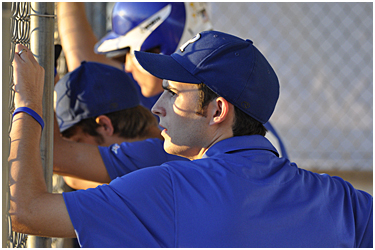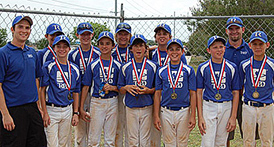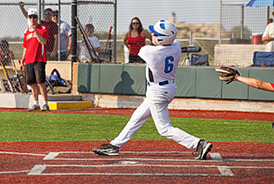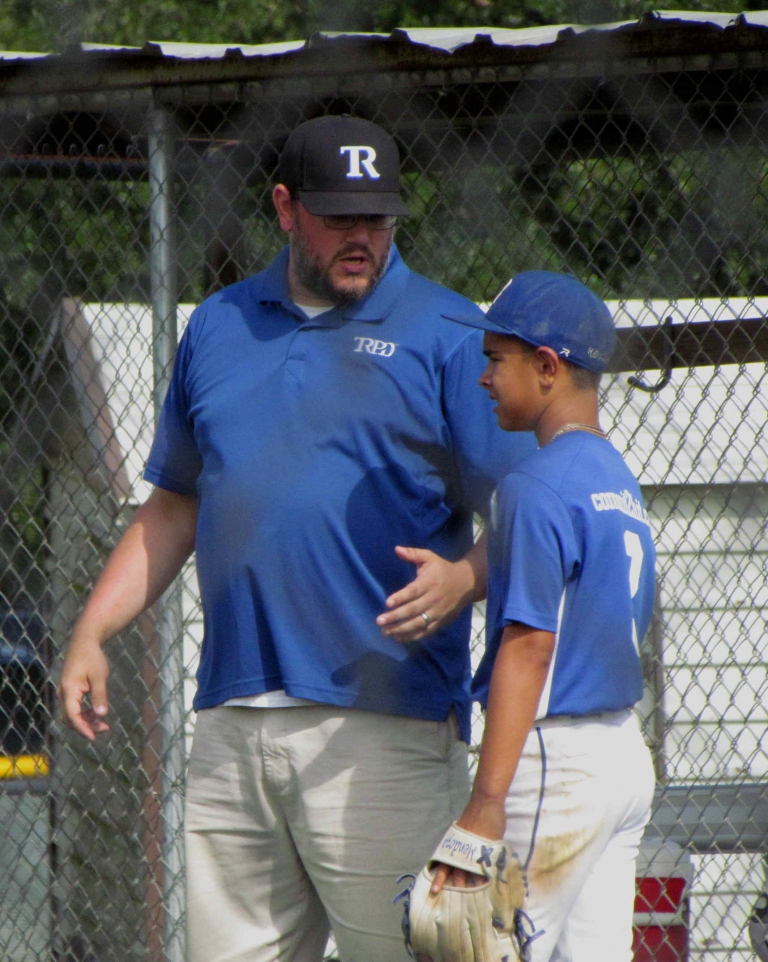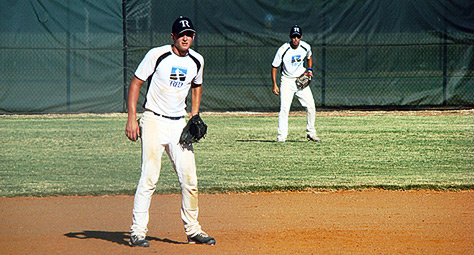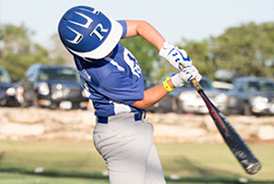What Type of Player is a Good Fit for TRPD?
Often we are asked, “What type of player gets the most out of working with TRPD?” This is a great question since 1) our program is unique and not a fit for every player, and 2) a player’s emotional “make-up” has as much to do with his development and performance as his physical tools.
Over the years we have observed six characteristics that are common in players who get the most out of our programs and who are the most attractive to coaches and scouts.
1. Commitment to reaching one’s full potential as a ballplayer and a person
Elite ballplayers are sincerely invested in developing themselves into the best person they can be on and off the field. The young men who get the most out of working with us view TRPD as much more than a recreational activity. They view TRPD as a personal and professional development program.
2. Willingness to put forth the necessary effort and make the required sacrifices
The best players give their best effort regardless of the day they are having, the temperature, the score, or any other “excuse” that average players use to not give it their best. They are willing to give up things that average players are not like unhealthy foods and beverages and activities that inhibit their development such as excessive TV, video games, dates, other sports, etc.
3. Loving the life of a ballplayer
The best ballplayers love every aspect of the game including what average players see as drudgery. These players enjoy what average players dislike, e.g. waking up early, getting to bed late, conditioning, drills, practices, sweating, being out of breath, dirty or in discomfort. Somehow they take things that all players know are good for them but to most feel bad, and make them feel good.
4. Pride in one’s performance
The best players see every practice, game and at bat as a performance that says something about them as a player and a person. They are always performing for themselves, their teammates and coaches, the crowd and potential coaches and scouts.
Consequently, anything less than their best performance they consider an embarrassment and disrespectful to all these people. Many of the best professional ballplayers exhibit this characteristic with Derek Jeter being the most well known example, and Bryce Harper being the most recent.
5. Intolerance of less than their best
You will notice that we did not say “hate to lose”. The best players understand that winning and losing, whether it’s an individual at bat or a team game, are out of their control. A player or a team can give their very best effort and performance and still lose the game. When this happens, elite players gracefully accept the outcome, congratulate their opponent and use this “failure” as a reason to recommit to fully developing their potential.
Concurrently, the best players understand that what is totally within their control is the intention and effort that they display toward doing and being their best. When they or their teammates fall short of this effort they recognize it, do not tolerate it, and take action to immediately address it.
6. Behave as an elite ballplayer
There are behaviors that ballplayers of high character and makeup all display that are highly valued by coaches and scouts, but are often overlooked by average players. These include things as subtle as how a player takes his position on the field, returns to the dugout after a less than successful at bat, or even warms up his arm before the game.
Elite players never display behaviors that indicate that they are disappointed, dejected or lack confidence. This type of player never lets the bill of his cap drop below the horizon after striking out or making an error. To do so is an indication that the player believes he will repeat this mistake; this results in an energy transfer from himself to the opponent. The elite ballplayer is acutely aware of and actively manages even the most subtle of his behaviors in a way that gives him and his team the best opportunity to perform to their full potential.


